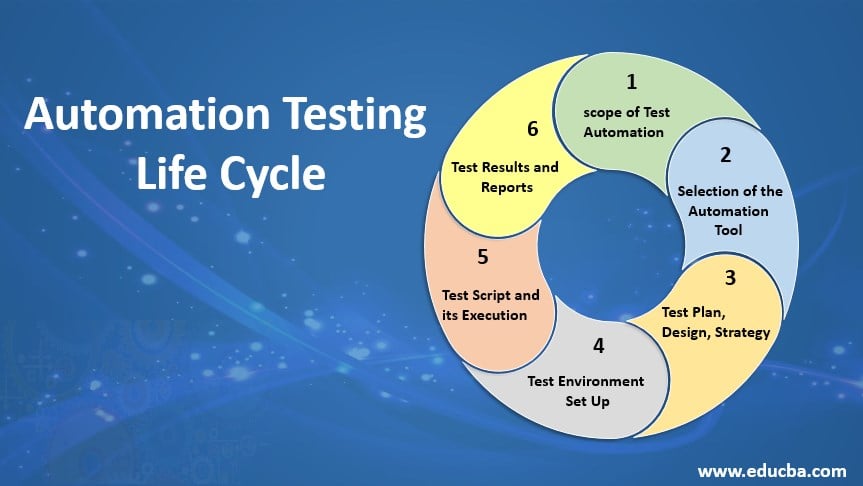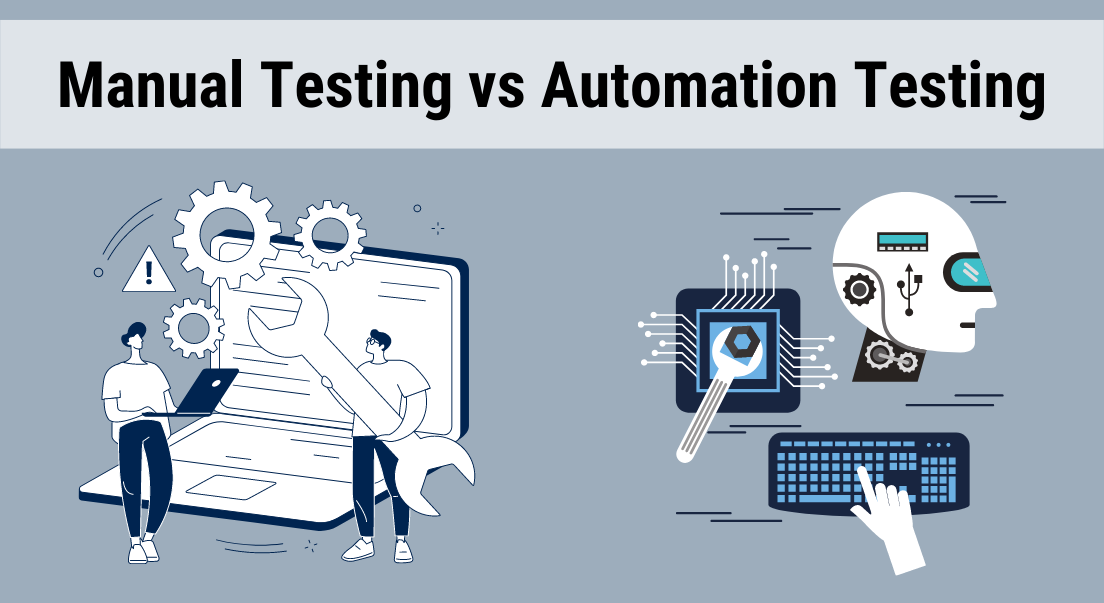From Manual to Automated Screening: A Comprehensive Overview to Transitioning Efficiently and Properly
In the world of software screening, the shift from manual to automated procedures has come to be a significantly vital change for organizations looking for to boost effectiveness and accuracy in their testing techniques. As innovation remains to development, the requirement for smooth and reliable automatic testing methods has never ever been extra important. The trip from guidebook to automated screening is not without its obstacles, but when approached strategically and with a clear plan in mind, the advantages can be considerable - automation testing. In this extensive overview, we will certainly check out vital steps and considerations vital for an effective transition, from the preliminary choice of devices to the assimilation of automation into existing operations. Remain tuned to discover the insights that will aid lead the method for a smoother and much more effective screening process.
Benefits of Automated Checking
Automated testing supplies many advantages, boosting performance and accuracy in software application growth procedures. One key advantage is the significant decrease in screening time. Automated examinations can be run simultaneously on several devices and operating systems, considerably quickening the screening stage contrasted to manual screening. This increased effectiveness enables faster feedback on the high quality of the software program, enabling developers to identify and attend to issues quickly.
Additionally, automated testing makes certain a greater degree of precision in detecting defects. Uniformity in testing is additionally enhanced, as automated tests execute the same actions specifically each time they are run.
Picking the Right Devices

First of all, examine your purposes and demands. Recognize the range of your project, the modern technologies entailed, and the ability of your group. This analysis will aid you determine the attributes and capacities you call for in your screening devices.
Secondly, think about the compatibility of the tools with your existing systems and processes. Seamless integration with your existing software program growth lifecycle is important to guarantee a smooth shift to automation.
Additionally, review the scalability and versatility of the devices. As your testing needs progress, the devices should have the ability to adapt and accommodate modifications successfully.
Last but not least, variable in the assistance and area around the tools. Durable support and an energetic user community can give valuable sources and support when applying automated testing. By meticulously taking into consideration these elements, you can select the right tools that straighten with your demands and established the stage for an effective shift to automated testing.
Writing Effective Test Manuscripts

When crafting examination scripts, it is necessary to take more into consideration the particular needs of the software program being evaluated and make sure that the manuscripts resolve all vital functionalities. Detailed and clear naming conventions for examination manuscripts and test cases can enhance readability and maintainability. Furthermore, including error handling mechanisms within the test manuscripts can assist in determining and dealing with issues quickly.
Furthermore, organizing test scripts right go to my site into modular components can improve reusability and scalability, decreasing redundancy and boosting performance in examination script upkeep. Routine evaluations and updates to evaluate manuscripts are crucial to equal advancing software requirements and functionalities. By following these concepts, testers can create effective and robust test scripts that contribute dramatically to the success of automated screening procedures.
Integrating Automation Into Workflows
Reliable combination of automation tools into existing operations simplifies processes and improves productivity within software growth cycles. When including automation right into process, it is vital to identify recurring tasks that can be automated to conserve time and reduce human mistake. By perfectly integrating automated screening devices like Selenium or Appium right into the software advancement lifecycle, groups can achieve faster responses on code adjustments, leading to quicker pest discovery and resolution. This integration permits for constant testing throughout the development procedure, ensuring that any kind of issues are recognized at an early stage, causing greater software quality. In addition, automation can be utilized to set off examinations automatically after each code commit, giving prompt recognition and liberating testers to focus on even more complex situations. Appropriate assimilation of automation devices needs collaboration between advancement, screening, and procedures groups to establish a click here for more info unified workflow that optimizes effectiveness and efficiency in delivering high-grade software.
Guaranteeing a Smooth Change
Effectively transitioning to automated testing involves precise planning and careful execution to optimize and decrease disturbances efficiency in the software application growth process - automation testing. To ensure a smooth transition, it is necessary to start by carrying out a thorough evaluation of the present testing processes and recognizing locations where automation can bring one of the most significant advantages. Engaging with all stakeholders at an early stage at the same time, consisting of designers, testers, and job supervisors, is vital for garnering support and buy-in for the automation effort
Interaction is crucial throughout this change phase. Clear communication of the objectives, benefits, and expectations of automated testing helps to manage any resistance or worries that may develop. Furthermore, giving ample training and resources for employee to upskill in automation devices and methods is crucial for ensuring a successful change.

Final Thought
Finally, transitioning from guidebook to automated testing provides various advantages, including boosted efficiency and dependability. By selecting the ideal tools, writing reliable test scripts, and integrating automation seamlessly into process, organizations can guarantee a smooth and successful transition. It is necessary to welcome automation as an important possession in software testing processes to boost overall high quality and productivity.
In the world of software application screening, the shift from guidebook to automated processes has ended up being a progressively vital change for companies looking for to boost efficiency and precision in their testing techniques. Automated examinations can be run all at once on numerous tools and running systems, considerably speeding up the testing stage contrasted to hand-operated screening. Consistency in screening is additionally improved, as automated examinations perform the very same actions precisely each time they are run.To make certain the effective execution of selected testing tools, the creation of efficient test manuscripts plays an important function in validating the functionality and performance of automated procedures - automation testing. By following these principles, testers can produce durable and efficient examination scripts that contribute dramatically to the success of automated screening processes